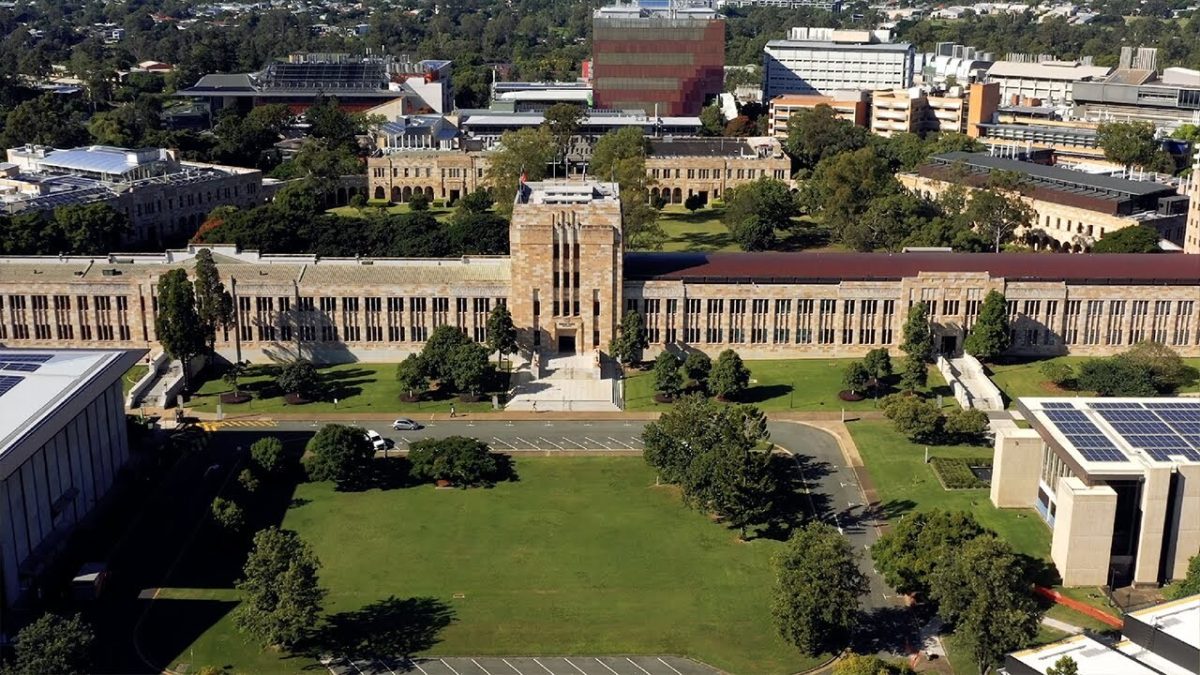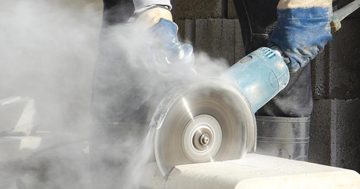
The funding will target medical research contributing to available treatment options, rehabilitation, or return to work outcomes for workers with occupational dust lung diseases. Photo: UQ.
The Queensland Government has given a $600,000 grant to the University of Queensland (UQ) to conduct a study into best practice return to work for workers in the mining and artificial stone industries.
The three-year research project grant is part of the State Government’s $5 million commitment for medical research to improve the health and wellbeing of workers suffering from occupational dust lung diseases such as silicosis and coal workers’ pneumoconiosis.
It says in 2022, the first round was awarded to Queensland researchers, including interstate and international research partners including the University of Chicago, i-Med Queensland and the University of New South Wales. It says these studies are progressing on earlier detection of disease, the effectiveness of screening methods and understanding of the progression of diseases including pneumoconiosis and silicosis.
This second round of funding to UQ targets medical research contributing to available treatment options, rehabilitation, or return to work outcomes for workers with occupational dust lung diseases.
The funding comes after an announcement that a nationwide ban on engineered stone products will come into effect from 1 July, and from Queensland’s efforts in establishing the Mine Dust Health Support Service, and creating the Notifiable Dust Lung Disease Register.
Minister for Industrial Relations Grace Grace said the government was proud of its strong record in protecting the health and safety of Queensland workers.
“Funding this research is just one of the ways the government is working to protect workers from contracting an occupational dust disease and supporting those workers who have been diagnosed,” she said.
“Sadly, these diseases can be fatal.
“There is hope through early detection – workers with early stages of a dust disease have a strong potential to return to work, and businesses need to make sure they return to a safe environment with no continued exposure,” she added.
“That’s why we committed at the election to fund research to help prevent these diseases, to pick them up earlier in affected workers, and to find more effective treatments.”
UQ Sustainable Minerals Institute Research Fellow Nikky LaBranche said, “UQ is grateful for the funding to continue investigating ways to support people with lung disease and will be considering when a worker can safety return to workplace and what roles they may be able to facilitate.
“An important piece of this work will be talking with workers, return to work coordinators, occupational physicians, regulators, and others to find out what is working and not working from their perspective.”
Ms LaBranche said 120 interviews were planned to be conducted to gain a range of inputs and insights into how the current system was operating and where participants saw potential for improvement and opportunities.
“The type of industry that the workers are in can potentially play a factor in the nature of the return to work options,” she said.
“In a mining context, there are ways for workers to stay at the mine and continue on in more administrative positions – but there are ways of doing this well and not so well.
“For the engineered stone industry, where the businesses are much smaller, it is much harder as there are often no jobs out of the dust that people can move into,” she added.
“Another consideration is that many of these workers chose a trade because they want to be out working with their hands, not sitting at a desk or behind a computer all day.
“In addition, to the gap analysis we’ve included an alternative work analysis which will be looking to see if there are any obvious places that would be suitable from a low-dust perspective for people as they leave the industry.”




